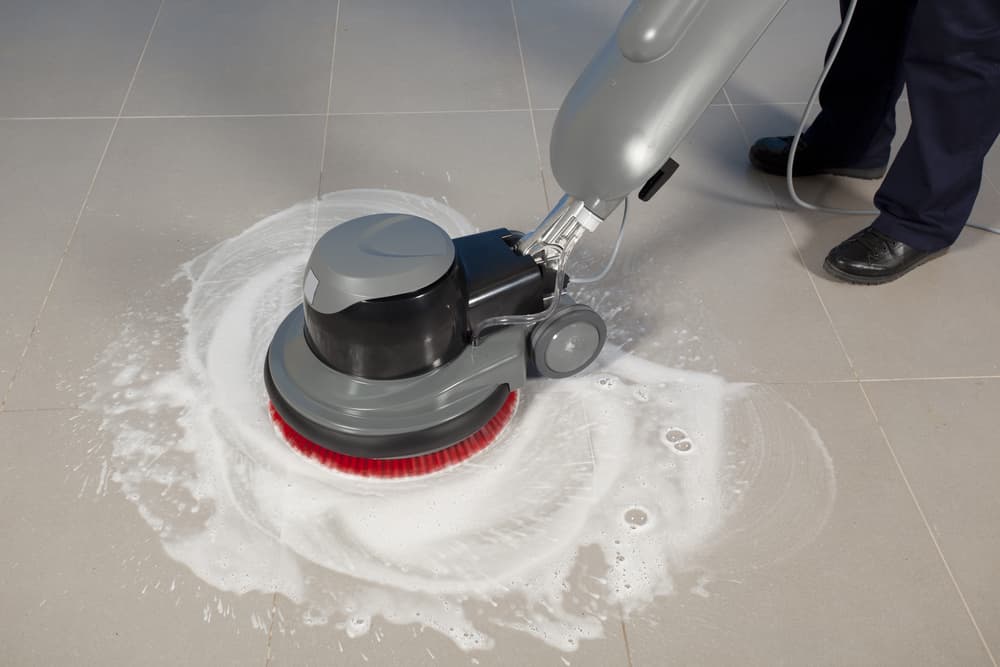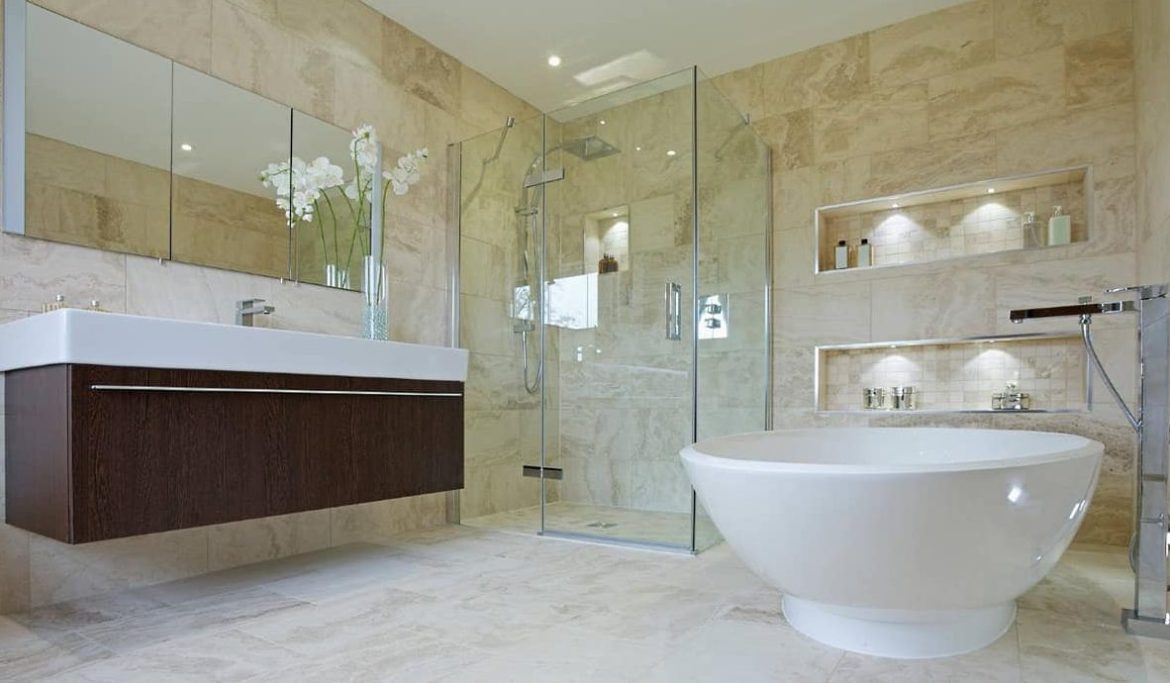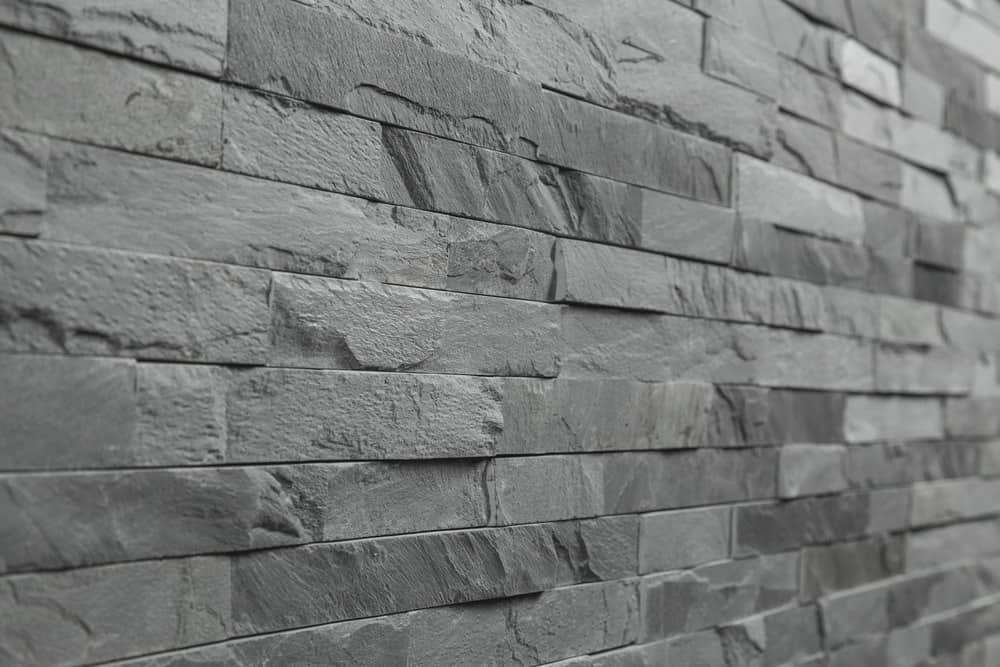Marble Tile Adhesive purchase price + picture
Marble is a natural stone that is firm and compact yet delicate, and it can be utilized to lend an air of distinct ambiance to a space as well as give it a sense of luxury
Marble is frequently utilized in the tiling of floors and walls
In this piece, we will take a more in-depth look at the requirements of a marble tile, as well as how to determine the appropriate grout and glue for marble tiles
Marble is a metamorphic stone produced when limestone is subjected to temperatures so high that it crystallizes
This process causes the marble to be generated
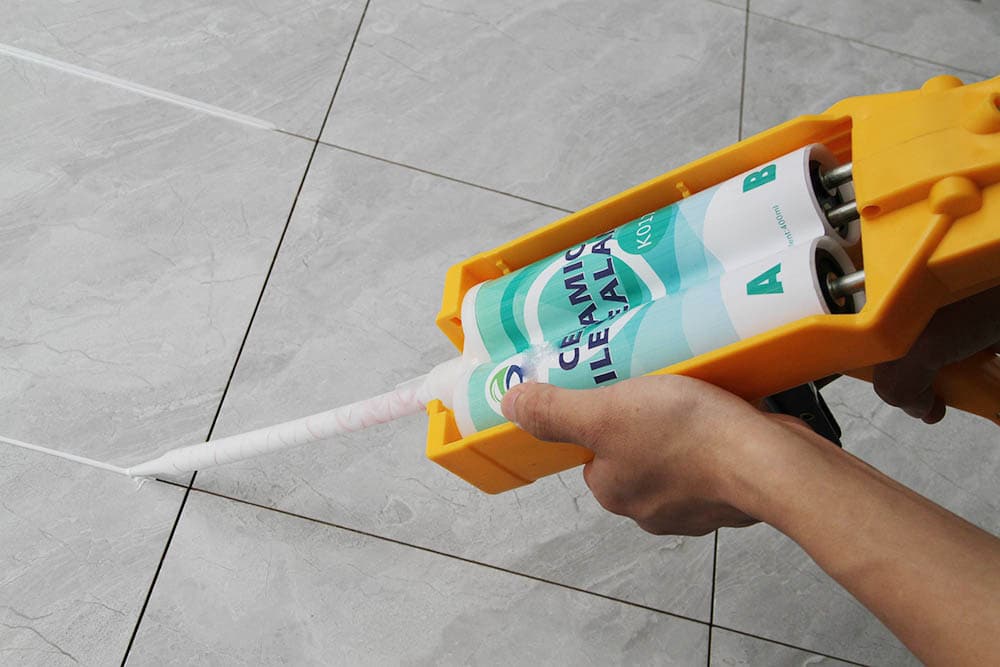
The tiles are easily identifiable due to their remarkable vein-like texture, which consists of sheets or plates of crystallized minerals
Due to the fact that marble is a natural stone, laying tiles made of marble demands special attention be paid to various issues, including the following: Marble is created at high temperatures, which results in a dense and rigid structure, as well as a smooth, almost impervious surface
Because of this, marble has low porosity
Because marble does not have pores, much different grout and glue can be used with marble tiles
Movement: despite the fact that marble tiles are not highly porous, they can expand when exposed to high temperatures or temperature variations, such as in the case of floor heating or extremely high humidity, such as in bathrooms
This can cause cracks in the tiles
When selecting grout and adhesive for marble, it is important to consider the possibility of movement or expansion of the tiles
In order to prevent the tiling from failing, it is best to go with flexible glue and grout
Marble stone is available in a wide variety of colors; however, in North America, black and white hues are the most common choices for countertops
When it comes to selecting adhesive and grout for marble tiles, the color of the tile can place certain limitations on your options
White and other light-colored tiles should always be given a white tile adhesive in order to avoid a darker color from shining through and darkening the appearance of the tile
This is done to prevent a darker color from shining through and lowering the appearance of the tile
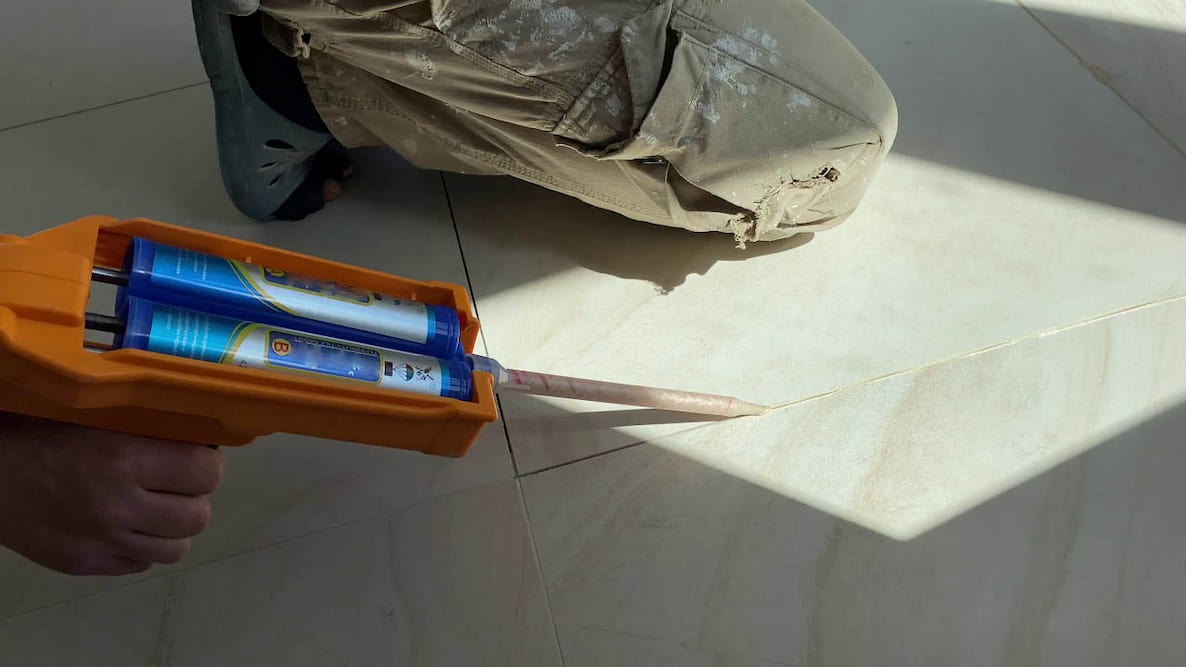
The aesthetic attractiveness of the tiling can also be affected by the grout that is used
You have the option of making the grout the same color as the tile, or you can contrast it
When selecting an adhesive for marble tiles, it is essential to visualize the final tiling before making a decision
Marble tiles are frequently also dry laid before the actual tiling takes place
This is done so that the veins may be guaranteed to form a particular pattern on the tile that is ultimately installed
When it comes to natural stone, we have previously discussed the differences between three distinct forms of tile adhesive; nevertheless, when it comes to marble, all of these possibilities are open to you
However, if you decide to use an adhesive for tiles that are based on cement, you should use a thin set rather than a thick bed
With cementitious tile glues, the majority of marble tiling projects—horizontal or vertical—can be effectively finished
However, a slightly more expensive building epoxy should be taken into consideration when it is predicted that the tiling will be exposed to temperature extremes or swings
On the other hand, if the tiles are susceptible to being damaged by moisture, using polymerized glue presents a significant possibility
In the same way, as epoxies are flexible, polymerized adhesives are as well
They can survive the possibility of movement, which in turn increases the tiling’s expected lifespan
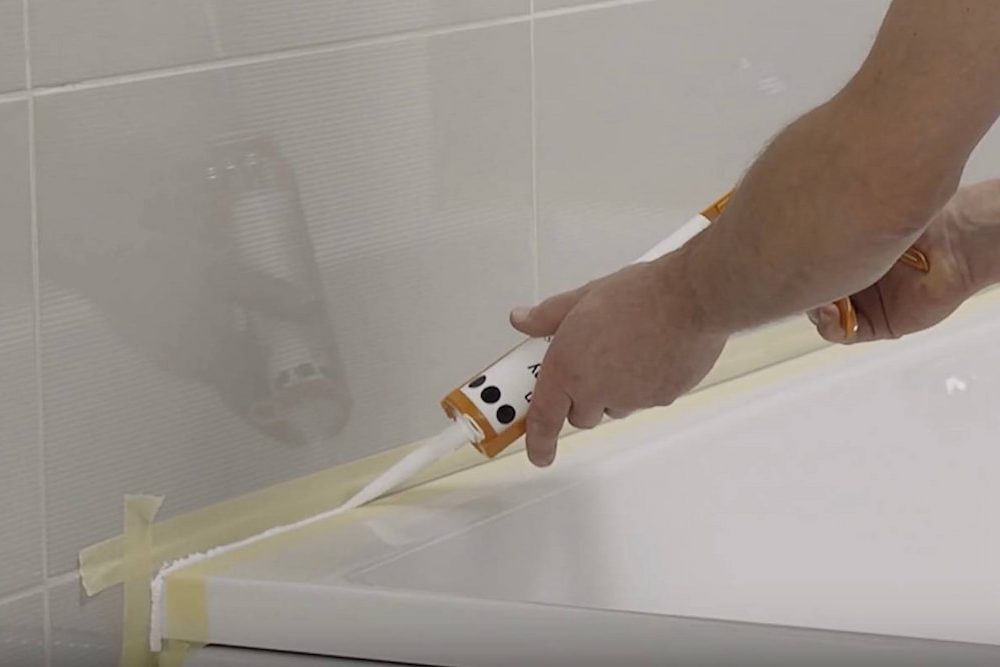
In addition, marble is frequently used as a material for the veneer
There is a specific kind of mortar that is used for these kinds of jobs
After the marble tiles have adhered into position, the next step is to grout the seams in order to both seals and fill any gaps that may have been created
In order to provide a protective layer on the tiles, the tiles should be washed and sealed prior to the application of the grout
The sealer safeguards the tiles not only against the grout but also, in the long run, against dirt and stains
There are two primary categories of grout that are used for natural stone, each of which can be further subcategorized
Both cementitious and epoxy grout can be used on marble; however, some safety measures must be taken
The use of cementitious grout is by far the most prevalent choice when working with natural stone
Depending on your preference, it comes in sanded, non-sanded, and latex-modified forms
The latter is the most adaptable of the three options

Because marble tiling typically has thin seams, non-sanded grout is preferred over sanded grout in most applications
Be aware that the sand inside the grout could harm the tile’s surface if your tiling project has wide seams and you opt to use sanded grout
Epoxy grout is more expensive than cementitious grout; nevertheless, it is easier to clean and keep clean, does not require maintenance in addition to cleaning, and is better at resisting humidity and chemicals than cementitious grout
Because it has a degree of flexibility, epoxy grout is excellent for use in tiling that may be subject to movement
There are also excellent pre-mixed grouts on the market that offer qualities that are extremely comparable to epoxy grout


